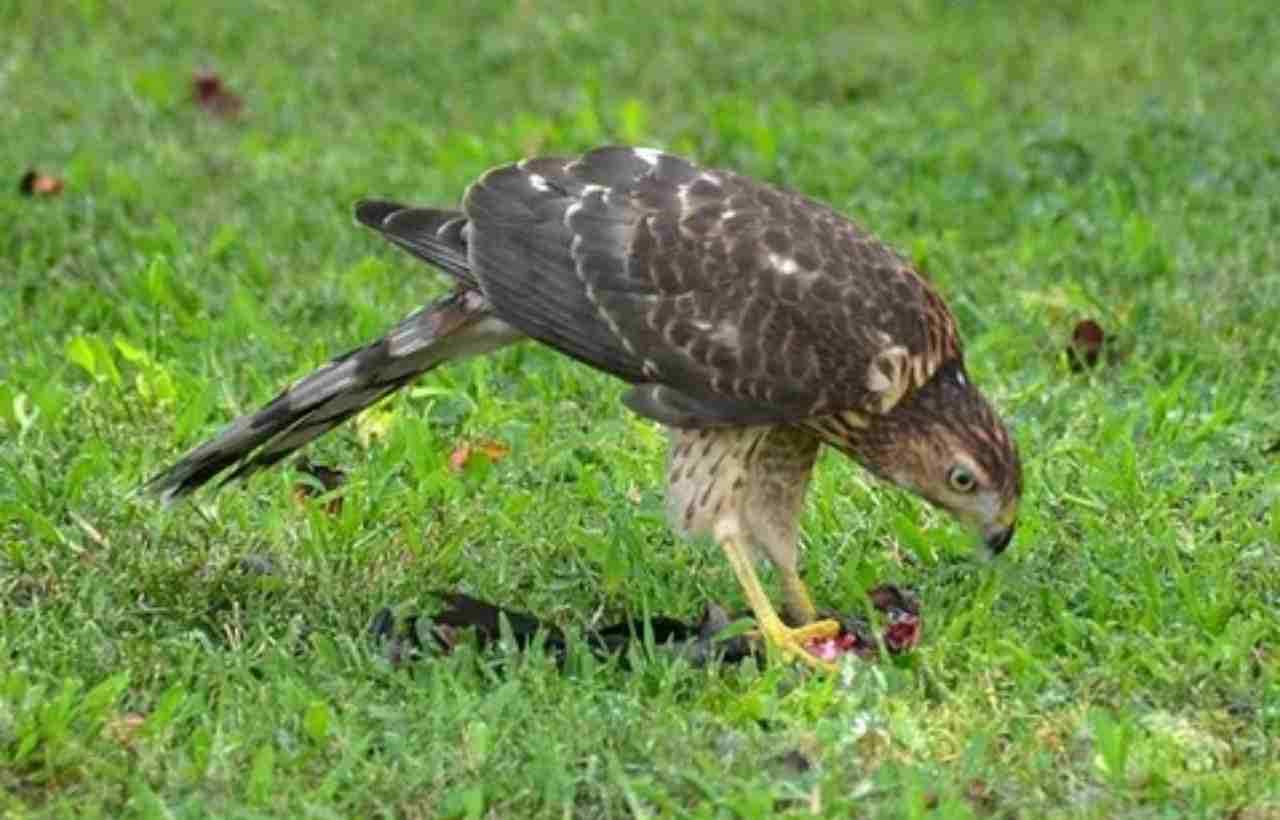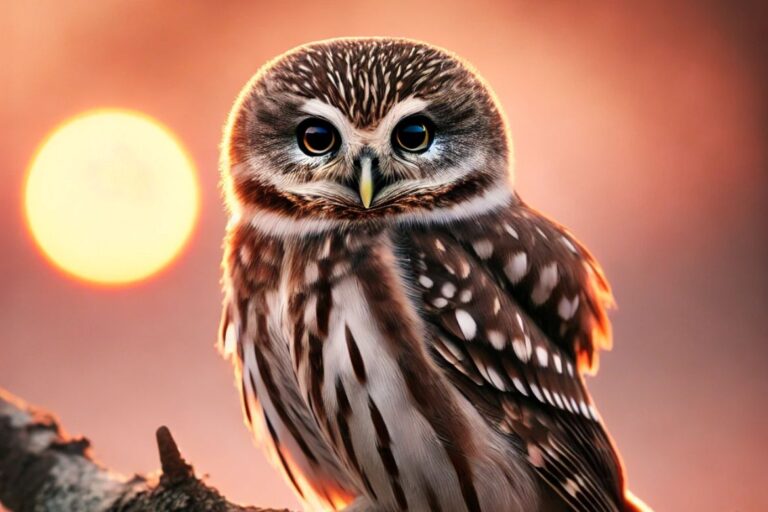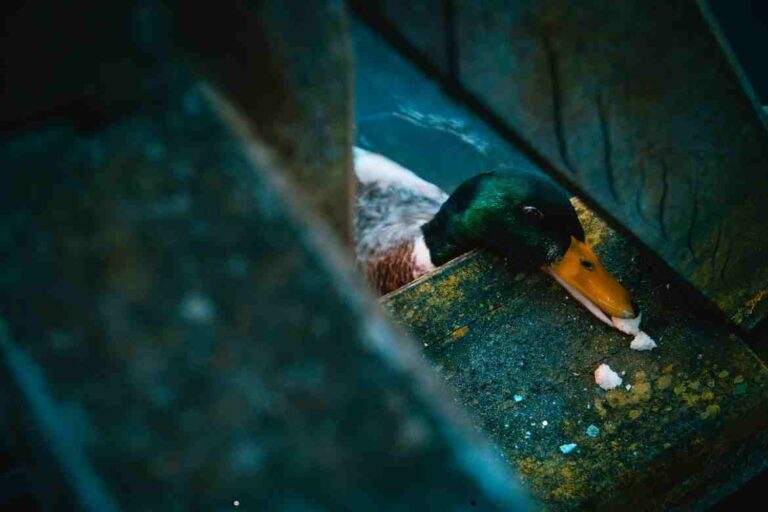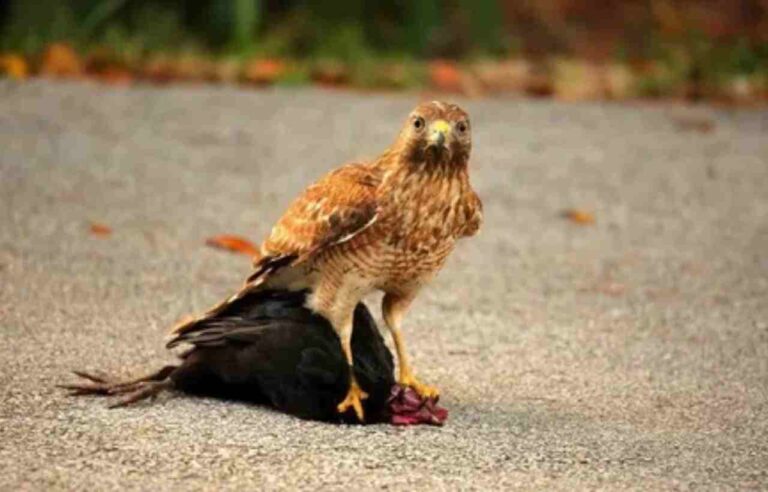What Do Cooper’s Hawks Eat? A Comprehensive Overview of Their Diet
Cooper’s hawks (Accipiter cooperii) are medium-sized raptors known for their agility and speed. Found throughout North America, these birds of prey have adapted well to urban environments, often hunting in backyards and parks.
If you’ve ever wondered what do Cooper’s hawks eat, you’re in the right place. This article will explore their diet, hunting techniques, and how these remarkable birds fit into the ecosystem.
The Diet of Cooper’s Hawks

Cooper’s hawks are carnivorous birds that primarily feed on other birds. Their diet is diverse, largely depending on their habitat, the availability of prey, and the season. Understanding their eating habits provides insight into their role in the ecosystem and the balance of nature.
Explore more info about: Can Ducks Eat Chocolate? Precautions to Know
Primary Prey: Birds
The main food source for Cooper’s hawks is birds. They are known for their exceptional hunting skills, which allow them to catch various avian species. Some of the most common birds they prey upon include:
- Sparrows: These small birds are abundant in urban areas and serve as a primary food source.
- Doves: Mourning doves are a favorite among Cooper’s hawks due to their size and availability.
- Pigeons: In city environments, pigeons become easy targets for these agile hunters.
Small Mammals and Other Prey
While birds make up the majority of their diet, Cooper’s Hawks Eat will also hunt small mammals when necessary. Their opportunistic feeding habits mean they can adapt to the availability of prey. Common small mammals that may be hunted include:
- Rats: Urban environments provide plenty of opportunities to catch these rodents.
- Mice: Common in both rural and suburban areas, mice are another source of food.
- Squirrels: Although more challenging to catch, squirrels can also be part of their diet.
What do Cooper’s hawks eat may occasionally hunt reptiles or amphibians, although these are not their primary food sources.
Hunting Techniques of Cooper’s Hawks

Cooper’s hawks are skilled hunters, employing various techniques to capture their prey. Their hunting strategies are a significant reason for their success as a species.
Agility and Speed
One of the most notable characteristics of Cooper’s hawks is their incredible agility. They are built for speed, with long tails and rounded wings that enable them to maneuver through dense vegetation. This agility allows them to chase down birds in flight, making them effective hunters.
Surprise Attacks and Stealth
Cooper’s hawks often use a stealthy approach to hunt. They can perch quietly in trees or shrubs, waiting for unsuspecting birds to come within striking distance. Once they spot their prey, they launch into a rapid pursuit, often surprising their target with their speed.
Hunting in Urban Environments
In urban areas, Cooper’s hawks have adapted their hunting techniques to take advantage of human landscapes. They often hunt in backyards, parks, and even along city streets. Their ability to thrive in these environments has made them a common sight in many cities across North America.
Seasonal Diet Variations

The diet of Cooper’s hawks can vary significantly with the seasons. As prey availability changes throughout the year, so do their hunting habits.
Spring and Summer
During the spring and summer months, Cooper’s hawks tend to target smaller birds, particularly songbirds. These months coincide with the breeding season for many bird species, leading to increased activity in the avian population. During this time, they may also hunt more frequently to feed their young.
Fall and Winter
As the seasons shift to fall and winter, the availability of prey changes. In many regions, the number of small birds decreases, prompting Cooper’s hawks to adjust their diet. They may rely more on larger birds or turn to small mammals, such as mice and rats, to sustain themselves during the colder months.
The Role of Cooper’s Hawks in the Ecosystem
Cooper’s hawks play a crucial role in maintaining the balance of ecosystems. As predators, they help control the populations of their prey species, particularly birds. This predation is essential for several reasons.
Population Control
By preying on abundant bird species, Cooper’s hawks help regulate their populations. This control prevents certain species from becoming overly dominant, which can lead to imbalances in the ecosystem.
Biodiversity
The presence of Cooper’s hawks in an area can indicate a healthy ecosystem. As top predators, they contribute to the overall health of the environment by ensuring that prey populations remain balanced, promoting biodiversity.
Attracting Cooper’s Hawks to Your Yard
If you’re interested in observing Cooper’s hawks in your area, there are several steps you can take to attract them to your yard.
Create a Bird-Friendly Environment
To encourage birds to visit your yard, providing a habitat rich in food sources is essential. Consider planting native shrubs and trees that attract smaller birds, as these will also attract Cooper’s hawks.
Provide Perching Locations
Cooper’s hawks prefer areas with tall trees or structures where they can perch and survey their surroundings. Providing suitable perching locations will make your yard more appealing to these raptors.
Avoid Pesticides
Using pesticides can reduce the availability of prey species for Cooper’s hawks. By avoiding chemicals in your garden, you can create a healthier environment for both birds and the hawks that hunt them.
Conclusion
In summary, if you’ve ever asked yourself what do Cooper’s hawks eat, the answer lies in their diverse diet primarily consisting of birds, small mammals, and occasionally reptiles. Their hunting techniques, seasonal dietary shifts, and role in the ecosystem underscore their importance in nature.
By understanding their dietary habits and providing suitable habitats, we can foster an environment where these magnificent birds thrive. Whether in urban settings or rural areas, Cooper’s hawks continue to captivate birdwatchers and nature enthusiasts alike, making them a vital part of our avian landscape.
- Mexican Red Headed Bird: A Brilliant Avian Wonder - January 16, 2025
- Can Turkeys Eat Bread? - January 15, 2025
- crocodile and plover bird relationship articles for students - January 12, 2025







